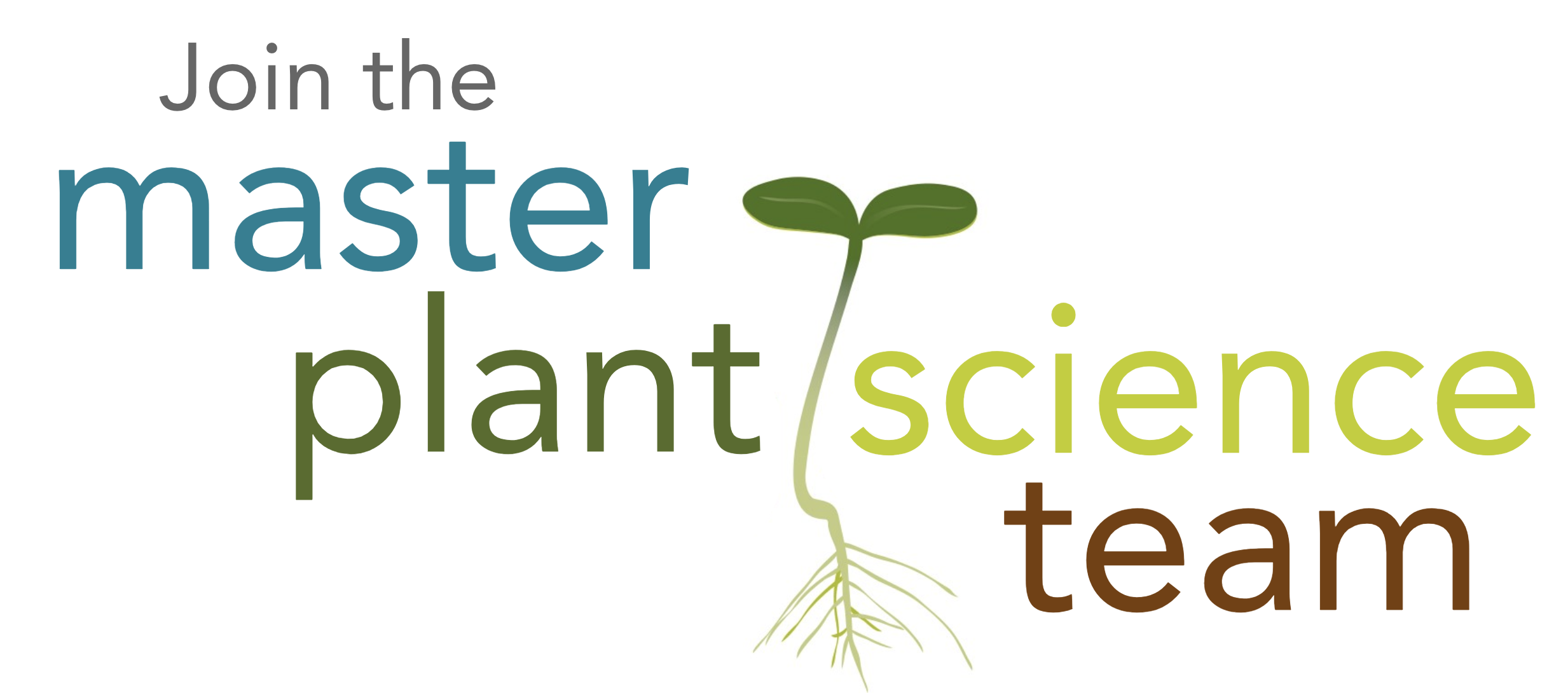
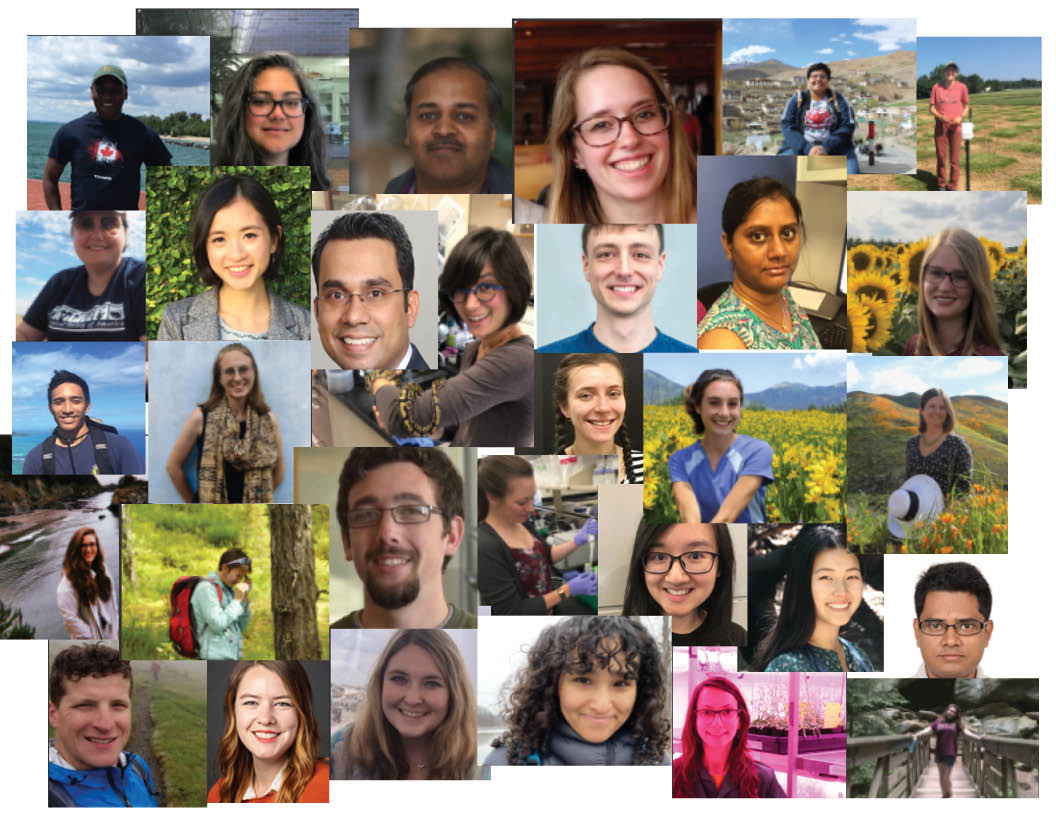 What is the MPST?
What is the MPST?
Like any online social network, the success of participation is heavily reliant on good quality moderation.
In order to ensure that our teachers, students and scientist mentors can connect successfully and get the most out of the PlantingScience experience, we must ensure that:
- their project pages are set up correctly,
- conversations are flowing smoothly, and
- any questions or concerns are quickly addressed.
Obviously, the PlantingScience staff works hard to ensure these matters are addressed, but as our program has grown, we've realized we cannot do it alone!
For this reason, the Master Plant Science Team (MPST) was formed!
Thanks to the support of our society partners, the Master Plant Science Team was formed in 2011 as a leadership opportunity for early career scientists who are interested in helping support PlantingScience at a deeper level. Each MPST member is assigned to a participating teacher, and serves as a liaison between that teacher and the scientist mentors working with the student teams that comprise their class.
MPST Responsibilities:
MPST members serve for a full academic year (2 sessions, fall and spring).
Prior to each session, MPST members:
- Participate in a brief, online MPST training.
- Assist teachers with the initial setup of their class teams.
- Manage invitations sent to prospective mentors.
During the session, MPST members:
- Moderate student team update feeds while mentoring conversations are active (typically 2-4 weeks) to ensure conversations are flowing smoothly.
- Submit weekly reports on the progress of your teachers’ teams.
At the end of the session, MPST members:
- Nominate the best of their teacher’s teams for Star Project awards.
Benefits:
Because the time commitment for MPST participation is greater than that of a mentor, our society partners sponsor our MPST members with sponsored benefits, including membership and annual meeting discounts. See below for the full list of possible sponsors, their requirements, and the benefits they offer.
In addition, all MPST members receive a PlantingScience T-shirt and a letter certifying their participation for inclusion in their professional portfolios.
Selection Criteria
MPST members are selected based on:
-
Past PlantingScience experience as a mentor and/or past MPST member.
-
Evaluation of the writing sample requested in the application, with an emphasis on the applicant's use of an appropriate tone, age-appropriate vocabulary, and adherence to best practices in mentoring.
-
Availability of (and eligibility for) sponsorship opportunities within their chosen partnering society.
Master Plant Science Team Sponsoring SocietiesThe following societies offer sponsored positions on the Master Plant Science Team. |
|
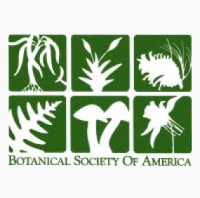 |
Botanical Society of America sponsors graduate students and post-doctoral researchers. |
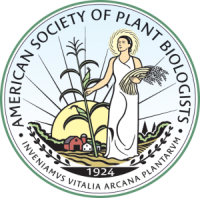 |
American Society of Plant Biologists sponsors graduate students and post-doctoral researchers. |
 |
Ecological Society of America sponsors graduate students only. |
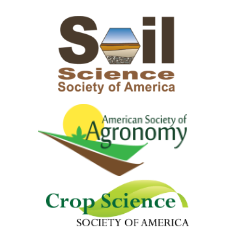 |
The American Society of Agronomy/Crop Science Society of America/Soil Science Society of America will sponsor graduate students and post-doctoral researchers who are currently members of one of these societies. |
 |
The American Phytopathological Society will sponsor 1 graduate student or postdoc. |
Applications for the 23-24 School Year are now closed.
Applications will reopen in March, 2024. Please check back then!